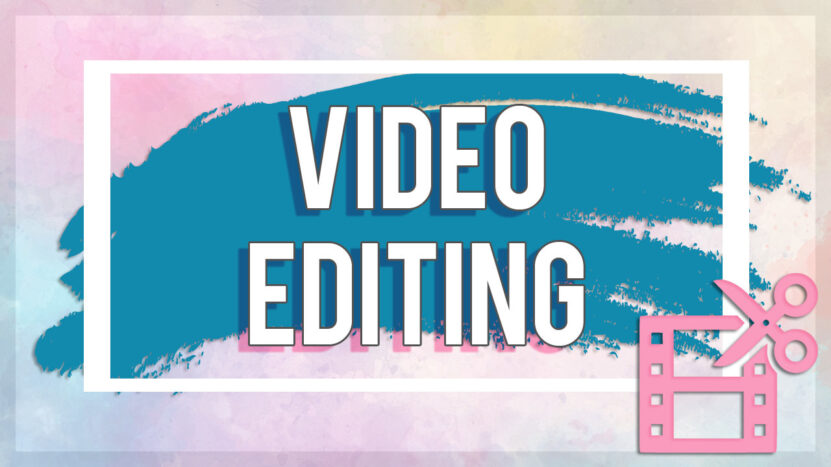In the digital age, training videos have emerged as indispensable tools in both educational and corporate environments. Their flexibility, scalability, and ability to present complex information in a digestible manner make them invaluable. Whether it’s onboarding new employees or introducing a new concept in an e-learning course, a well-crafted training video can convey information efficiently. The purpose of this post? To guide you, step by step, in creating impactful training videos that resonate and educate.
Understanding Your Audience

Before diving into production, it’s paramount to carefully identify who will be watching your video. Recognizing your target audience is more than just a cursory step; it’s the foundation of effective video creation. Tailoring the content to their knowledge level, needs, and preferences ensures relevance. For instance, a video meant for seasoned industry experts will differ vastly from one tailored for novices or general enthusiasts. It’s not solely about the complexity or depth of the content, but also the nuanced aspects like delivery style, tone, pace, and even the chosen examples or case studies. By meticulously honing in on your audience’s distinct needs and anticipated questions, you can craft content that’s not only engaging but also profoundly resonant and informative.
Setting Clear Objectives
Every impactful video is anchored by a clear, overarching objective. Beyond just being a teaching tool, what tangible knowledge or action do you desire from your audience post-viewing? The answer to this lies in setting specific, measurable, achievable, relevant, and time-bound (SMART) objectives. These objectives become the yardstick against which you measure the video’s efficacy and success. As an illustrative example, instead of a broad aim to “teach viewers about cybersecurity,” a more SMART-focused objective would be, “By the video’s conclusion, enable viewers to accurately identify and adeptly respond to three common phishing tactics, bolstering their online safety.” This nuanced framing provides direction and clarity both in content creation and eventual assessment. To maximize results of your training video use Mindstamp and create a perfect end product.
Planning Your Content
Once you’ve defined your objectives, diving into content planning is imperative. Begin with brainstorming sessions—solicit input, gather a myriad of ideas, concepts, and potential topics. It’s a dynamic, creative phase where no idea is too big or small. From this vast array of thoughts, distill them into a focused and coherent outline or script. Ensure there’s a logical progression, leading the viewer through the content seamlessly. This structured blueprint not only ensures your content stays on track but paves the way for a much smoother filming process, minimizing potential reshoots.
Selecting the Right Tools and Equipment

Quality video production doesn’t solely hinge on splurging on high-end equipment. That being said, investing in some foundational tools can drastically elevate the final product. Essentials to consider include a reliable camera (today’s smartphones often come equipped with impressive camera capabilities), a crisp microphone, and well-placed lighting. If resources are tight, there are still excellent options: ring lights can provide consistent illumination, and numerous free software applications exist for quality video editing, ensuring your production doesn’t suffer due to budget constraints.
Scriptwriting and Storyboarding
The script acts as the backbone of your video, a narrative guide dictating what will be spoken and displayed. But after nailing down the script, there’s another pivotal step: storyboarding. Here, you’ll sketch or illustrate each scene, providing a visual roadmap of the video’s journey. Storyboarding isn’t about artistic perfection but clarity—it’s a tool that facilitates understanding the video’s flow, ensuring coherence and aiding in identifying the shots and visuals required.
Filming Techniques
With meticulous planning out of the way, the exciting phase of filming begins. There are several key aspects to be mindful of:
Camera Setup: Stability is crucial. Wobbly footage can disengage viewers. Utilize tripods or stabilizers to ensure a steady shot.
Lighting: Harness natural light when possible. If indoors, softboxes or diffusers can mitigate harsh shadows, offering a more professional look.
Sound: Built-in microphones often fall short. External microphones, especially lavalier or shotgun mics, can vastly improve audio clarity.
Diversity in your shots, from close-ups to panoramic views, can maintain viewer interest and engagement.
Editing Your Video

The magic often happens in post-production. Whether you’re using accessible platforms like iMovie or diving into professional realms with Adobe Premiere Pro, the editing phase stitches together your narrative. Trim clips, adjust color gradients, fine-tune audio, and introduce transitions. Always keep clarity and engagement at the forefront. An overlong video can lose viewer interest, so be judicious in your edits to ensure a compelling flow.
Adding Graphics and Animations
To truly make your video pop, consider incorporating graphics, animations, or even simple text overlays. These elements can accentuate key points, providing visual emphasis. Platforms like Canva offer user-friendly design tools, while software like Adobe After Effects dives deeper into animation capabilities. It’s about balancing aesthetics with clarity, ensuring viewers are informed and captivated.
Voiceovers and Narration
Quality audio can often be the unsung hero of a video. A crisp, clear voiceover can add a layer of professionalism. Whether you’re lending your voice or seeking a professional narrator, prioritize audio clarity. Invest in a good external microphone, and consider modest soundproofing solutions for your recording space. Post-recording, software platforms like Audacity can assist in refining audio, eliminating background noise, or enhancing vocal clarity.
Accessibility and Inclusivity

In our diverse world, it’s vital that training videos are accessible to all. This means incorporating features like closed captions or subtitles, aiding those with hearing impairments. The language used should be clear, avoiding jargon or overly complex terminologies. For broader audiences, translations or multiple language options can ensure inclusivity, making the content universally approachable.
Testing and Feedback
A video might feel complete, but there’s one final, invaluable step: testing. Showcase your video to a select audience, gathering their feedback. Their insights, whether they touch on pacing, clarity, or overall content, can be instrumental. This iterative approach, of refining based on feedback, ensures the end product isn’t just good, but exceptional.
Conclusion
Crafting effective training videos isn’t just about flashy graphics or high-end equipment; it’s about clear objectives, understanding your audience, and delivering content that educates and engages. As you embark on your video creation journey, let this tutorial serve as a guide. Here’s to impactful training content!

